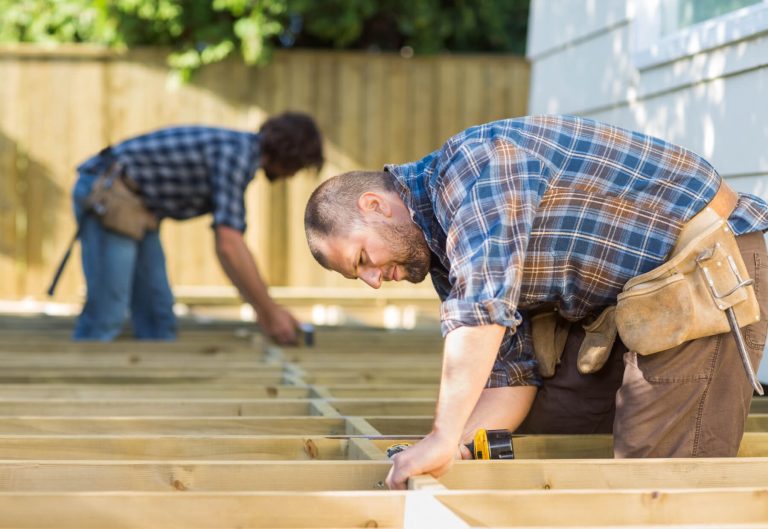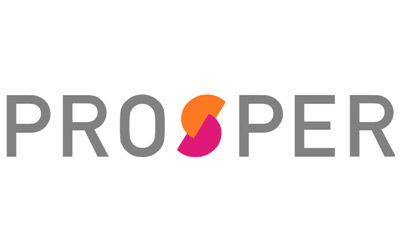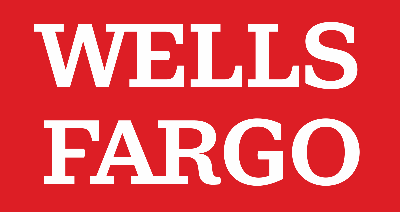Home repairs and renovations aren’t something you can ignore for long. A minor leak or outdated electrical system can turn into a much bigger, more expensive problem if left unaddressed. But not everyone has the cash on hand to cover unexpected home improvements.
That’s where home improvement loans come in. Whether you’re updating a kitchen, fixing a roof, or making your home more energy-efficient, the right loan can help you cover costs without draining your savings.
The best home improvement loans offer competitive interest rates, flexible repayment terms, and a smooth application process, making them a practical choice for homeowners looking to invest in their property.
8 Best Home Improvement Loans
We’ve combed through the plethora of loans specifically designed for home renovations and came up with our top picks.
1. SoFi
SoFi offers home improvement loans with competitive rates, no fees, and a fully online application process. Borrowers can check their rates in minutes without impacting their credit score, making it an easy way to explore financing options.
2. Upgrade
Upgrade offers home improvement loans with fixed interest rates, no prepayment penalties, and a simple online application process. Designed for borrowers with fair to good credit, Upgrade provides fast funding and flexible repayment terms.
3. Prosper
Prosper offers home improvement loans through its peer-to-peer lending platform, connecting borrowers with investors willing to fund their projects.
4. LightStream
LightStream, a division of Truist Bank, offers home improvement loans with low interest rates, no fees, and flexible repayment terms. Known for its Rate Beat Program, LightStream guarantees to beat any competitor’s rate by 0.10% for qualifying borrowers.
5. Upstart
Upstart is an AI-driven lender that considers more than just credit scores when evaluating loan applications. By factoring in education, employment history, and income, Upstart provides home improvement loans to borrowers who might not qualify with traditional lenders.
6. Discover
Discover offers personal loans for home improvements with no fees, fixed interest rates, and a simple online application process. Borrowers can check their rates with a soft credit pull and receive funds as soon as the next business day.
7. PenFed Credit Union
PenFed Credit Union offers personal loans for home improvements with competitive rates, no origination fees, and flexible repayment terms. Unlike many credit unions, PenFed allows non-members to apply, though membership is required to receive loan funds.
8. Wells Fargo
Wells Fargo offers personal loans that can be used for home improvements, with competitive rates and no origination fees for qualifying borrowers. With thousands of branches nationwide, customers have the option to apply in person or manage their loans online.

How to Get a Home Improvement Loan
Financing a home renovation can feel overwhelming, but breaking it down into simple steps makes the process more manageable. Here’s what you need to do to secure a home improvement loan.
Assess Your Budget and Needs
Before applying for a loan, determine how much money your home improvement project requires. Get estimates from contractors, factor in unexpected costs, and decide how much you can afford in monthly payments. Borrowing too much could stretch your budget thin, while borrowing too little may leave your project unfinished.
Compare Loan Options
Not all home improvement loans are the same. Compare interest rates, repayment terms, and fees across multiple online lenders. Look at personal loans, home equity loans, and HELOCs to see which option best fits your situation. The goal is to find a loan with low costs and a repayment plan that works for you.
Check Your Credit Score
Your credit score plays a big role in the loan terms you’ll receive. A higher score can unlock better interest rates and loan terms. If your credit isn’t where you’d like it to be, consider improving it before applying. Some lenders offer loans for fair or bad credit, but these often come with higher interest rates.
Gather Required Documents
Lenders will ask for financial details to assess your eligibility. Be prepared with proof of income, tax returns, credit history, and identification. Having these documents ready speeds up the approval process and reduces the chances of delays.
Apply for a Loan
Most lenders offer online applications that take just a few minutes to complete. Some conduct a soft credit check upfront, so you can see estimated rates without impacting your score. If you’re applying through a credit union or a traditional bank, you may need to visit a branch.
Receive and Use Funds
Once you’re approved and sign the loan agreement, the lender will deposit the funds into your account. Some lenders offer same-day or next-day funding, while others take a few business days. If your loan is structured to pay your contractor directly, funds may be disbursed in stages based on project milestones.
Taking the time to compare options and understand your financing needs can help you secure a loan that fits your budget and timeline.
How to Compare Home Improvement Loans
Choosing the right home improvement loan comes down to finding the best mix of cost, flexibility, and convenience. Here’s what to consider before making a decision.
Annual Percentage Rates (APRs)
The APR represents the total cost of borrowing, including interest and fees. A lower APR means you’ll pay less over time. Compare rates across multiple lenders to ensure you’re getting the best deal based on your credit profile. Some lenders offer rate discounts if you set up automatic payments.
Loan Amounts
Make sure the lender offers enough to fully cover your renovation costs. Some lenders cap personal loans at $35,000 or $50,000, while others go up to $100,000. If your project is small, you don’t want to borrow more than you need, but if it’s a major renovation, a lender with higher loan limits may be a better fit.
Repayment Terms
Longer repayment terms lower your monthly payment, but increase the total interest paid over time. Shorter terms reduce interest costs but come with higher monthly payments. Find a balance between affordability and long-term savings that works with your budget.
Fees & Penalties
Check for origination fees, which can range from 1% to 10% of the loan amount. Some lenders charge late payment penalties, while others have no fees at all. Avoid loans with high hidden costs, and always read the fine print before committing.
Funding Speed
If you need money quickly, look for lenders offering same-day or next-day funding. Some loans take a few days to process, while others—especially home equity loans—may take weeks. If your project is urgent, a lender with fast approval and funding is the best option.
Customer Service
If you run into issues with your loan, strong customer service can make a big difference. Check online reviews to see how lenders handle customer concerns, especially regarding billing, payment flexibility, and loan modifications. A lender with responsive support can save you headaches down the line.
Comparing these factors will help you find a loan that fits your financial situation and renovation needs without adding unnecessary costs or complications.
Types of Home Improvement Loans
Home improvement loans come in several forms, each with its own benefits and drawbacks. The right option depends on your credit score, home equity, loan amount, and how quickly you need the funds. Here’s a breakdown of the most common types.
Unsecured Personal Loans
Personal loans don’t require collateral, making them a fast and flexible option for home improvements. Many lenders offer same-day or next-day funding with fixed interest rates and predictable monthly payments. However, since these loans aren’t backed by your home, they often come with higher interest rates than secured loans.
Home Equity Loans
A home equity loan allows you to borrow a lump sum against the value of your home. These loans have lower interest rates than personal loans because they’re secured by your home. However, if you fail to make payments, the lender can foreclose on your property. This option is best for homeowners with significant equity who want a fixed-rate loan.
Home Equity Line of Credit (HELOCs)
A HELOC works like a credit card, allowing you to borrow as needed instead of taking a lump sum upfront. It’s secured by your home, so interest rates are lower than personal loans. HELOCs offer flexibility for ongoing renovations, but they have variable interest rates, meaning your payments can fluctuate over time.
Cash-Out Refinancing
Cash-out refinancing replaces your existing mortgage with a new, larger loan. You receive the difference in cash, which you can use for home improvements. This option often provides lower interest rates than personal loans or credit cards, but it extends your mortgage term and increases the amount you owe on your home.
FHA 203(k) Loans
FHA 203(k) loans are government-backed loans designed for major home renovations. These loans are ideal for fixer-uppers, allowing borrowers to finance both the purchase and renovation costs into a single mortgage. While they offer lower interest rates, they require more paperwork and can take longer to process.
Choosing the right home improvement loan depends on your financial situation and project scope. If you need quick funding, a personal loan or HELOC may be best, while homeowners with equity might benefit from a home equity loan or cash-out refinance.
Final Thoughts
Finding the right home improvement loan comes down to balancing affordability, loan terms, and how quickly you need the funds. Personal loans are a solid choice for quick financing without using your home as collateral, while home equity loans and HELOCs offer lower rates for homeowners with built-up equity. If you’re tackling a large renovation, cash-out refinancing or an FHA 203(k) loan may provide the best long-term value.
Before applying, compare multiple lenders, check your credit score, and calculate how much you can comfortably repay each month. The best loan is one that helps you complete your renovation without straining your budget. By taking the time to explore your options, you can secure the right financing for your home upgrades while keeping borrowing costs as low as possible.











